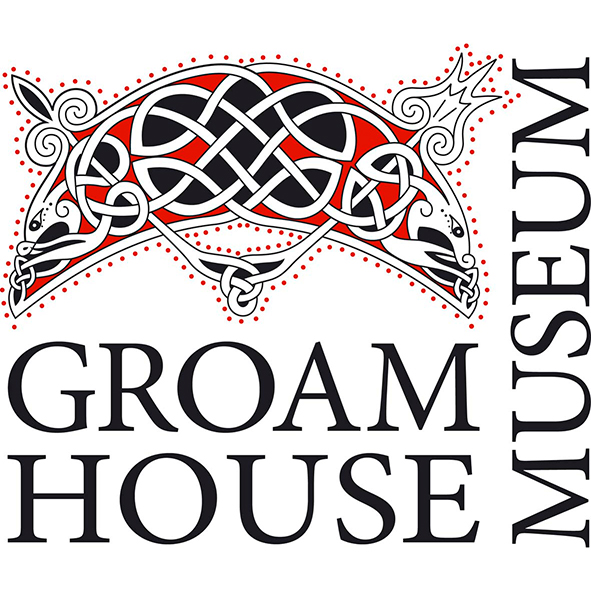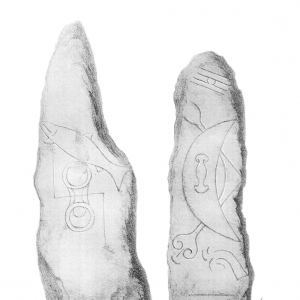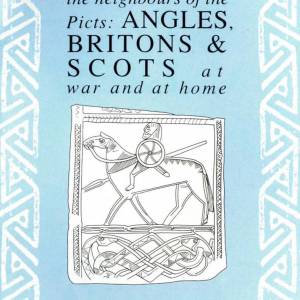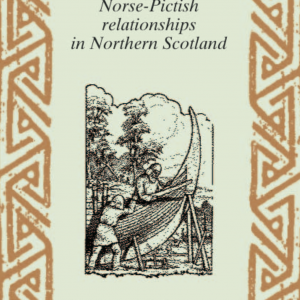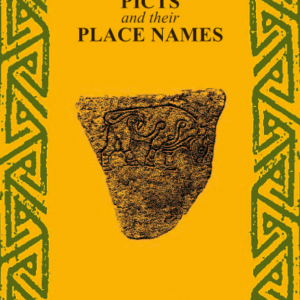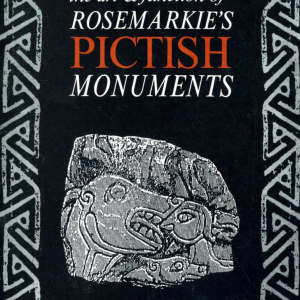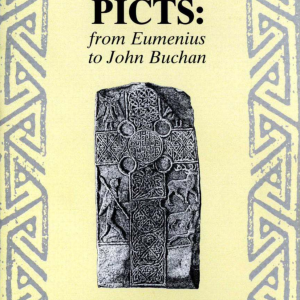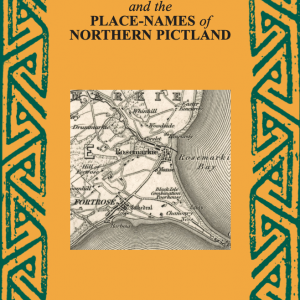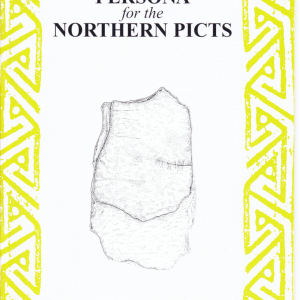ONLINE LECTURES
Join us for an enlightening journey through history. Book now for our exciting online lecture series, where we explore a fascinating array of topics. Discover the secrets of local archaeological excavations, delve into the daily lives of the Medieval era, uncover the mysteries of the Picts, and appreciate the stunning art of George Bain.
TICKETS
All lectures delivered via Zoom at 7.30pm on the dates given.
Tickets must be booked online.
PAST LECTURES
Recordings of selected previous lectures can be viewed at this link.
Lecture Booklets
Booklets from selected lectures are avilable to buy and download.
LECTURE PROGRAMME 2025
Dr Cynthia Thickpenny, University of Glasgow
& David McGovern, Monikie Rock Art
Recreating the Tarbat Wreath Fragment:
Pictish Stonecarvers as Masters of Transmutation
Thursday 23rd October 2025 at 7.30pm
at Fortrose Free Church & Via Zoom
In this lecture, art historian Cynthia Thickpenny and stone carver David McGovern will unveil the outcome of their joint project: a reconstruction of a carved, wreath-shaped sandstone fragment from Portmahomack, on the Tarbat peninsula in Scotland.
The original carving is one of the most complex artworks from Scotland’s early medieval period and an art-historical treasure in its own right. The fragment, once belonging to a monumental stone slab carved with a Christian cross, was made by a Pictish sculptor at the early monastic site at Portmahomack around the late 8th century AD. It contains a type of decoration largely unique to Britian and Ireland in this period and of which the Picts were particular masters: the transmutation of patterns. In three dimensions around the face of the stone wreath, wildly different and complicated geometric patterns transmute, or physically transform, into one another in a completely continuous manner.
In their collaborative research as part of Thickpenny’s Leverhulme Early Career Fellowship, Thickpenny and McGovern recovered the geometric patterns as accurately as possible, as well as the fascinating but difficult strategies that the Pictish carver used to make transmutation. This was done through close study of the original fragment’s damaged surface and McGovern’s process of carving the reconstruction.
In this lecture, they will walk the audience through their process of reassessing and recreating this remarkable historical sculpture. Attendees will get a firsthand look at the reconstructed stone in person, and a fascinating glimpse into the eye-boggling, astounding creativity of the Pictish people of Easter Ross in the Early Middle Ages.
Workshop:
How to Make the ‘Transmutation of Patterns’ like a Pictish Artist
24th October
In this workshop, art historian Cynthia Thickpenny and stone carver David McGovern will teach you how to create your own version of a complex and fascinating type of design from early medieval Scotland: the transmutation of patterns. Transmutation occurred when the artist chose to transmute, or physically transform, different geometric patterns into one another in a completely continuous manner. The Pictish sculptors from the Tarbat and Black Isle peninsulas were masters of transmutation. Workshop attendees will learn how plan their own transmutation through drawing with pencil and paper, similar to how Pictish manuscript illuminators and sculptors might have initially designed their artworks before carving or painting them.
This art-making activity is based on McGovern and Thickpenny’s collaboration as part of Thickpenny’s Leverhulme Early Career Fellowship, funded by the Leverhulme Trust, in which they reassessed and recreated a virtuoso Pictish artwork from Portmahomack: the carved stone wreath with three-dimensional transmutation between five different patterns.
Paper, templates, pencils, and other necessary materials will be provided.
THESE EVENTS ARE MADE POSSIBLE BY CYNTHIA’S LEVERHULME EARLY CAREER FELLOWSHIP, FUNDED BY THE LEVERHULME TRUST.
COMING UP:
Sophia Kniaz, University of St Andrews
Highly Fragmented, Intensely Connected: Developing Paradigmatic Approaches to the Early Medieval North Channel World, c. 500-800CE
Thursday 24th April 2025, 7.30pm Postponed
Studies of the Early Medieval North Atlantic are often characterised by divisions, both between disciplines (i.e. archaeology, history, and landscape studies) and in research conventions (e.g. regionalised typologies), such that archaeological investigations can become confined within modern political and/or terrestrial boundaries which their historical subjects exceeded. This is especially evident in relation to the early medieval North Channel; although the seascape and its medieval communities were intimately inter-connected (at its narrowest, the strait is only 19km wide between Torr Head and the Mull of Kintyre), scholarship of the region has become compartmentalised according to the distinct archaeological programmes of Scotland, Northern Ireland, and the Republic of Ireland.
Numerous investigations of early medieval communities which spanned the North Channel, such as Dál Riata and the Columban monastic network, have highlighted the need for shared archaeological typologies and investigations which facilitate discussions across the region (Armit 2008; Werner 2007). In response, this lecture proposes the development of an interdisciplinary, multi-scalar, and holistic “North Channel paradigm” within early medieval North Atlantic scholarship. Taking inspiration from the flowering of methodologies, theoretical frameworks, and new research directions within scholarship on the ancient Mediterranean (especially in the two decades following Horden and Purcell’s “The Corrupting Sea”), this lecture explores the value of developing similar maritime paradigms for the North Channel, emphasising the fluidity and “borderless-ness” such approaches bring.
The lecture employs an interdisciplinary methodology and post-processual archaeological framework to explore everyday lives across the North Channel, examining case studies including early medieval Iona, settlement forms, and material culture (e.g. Continental E-ware ceramics) in south-western Scotland and north-eastern Ireland. It offers a dynamic and theoretically-engaged [re]centering of the North Channel, and sheds light on the complexities of past lived experience in a highly fragmented and intensely connected North Atlantic landscape.
Sophia Knaiaz is a current PhD student and undergraduate-level tutor with the University of St Andrews, currently in her final year of study. She is from Arizona in the United States. I graduated in 2021 from University College Dublin with a MSc degree in Experimental Archaeology & Material Culture, with her final dissertation topic exploring the role (and possible uses of) of E-ware vessels in early medieval assemblages across Ireland. Her current PhD research looks at the early medieval North Channel “seascape” through maritime theoretical frameworks like those of the ancient Mediterranean (Braudel, Horden & Purcell).
Lecture Booklets - Digital Downloads
Purchase a PDF of our lecture booklets. Please note: after payment, please click ‘Return to Seller’ and then click to download your booklet.
